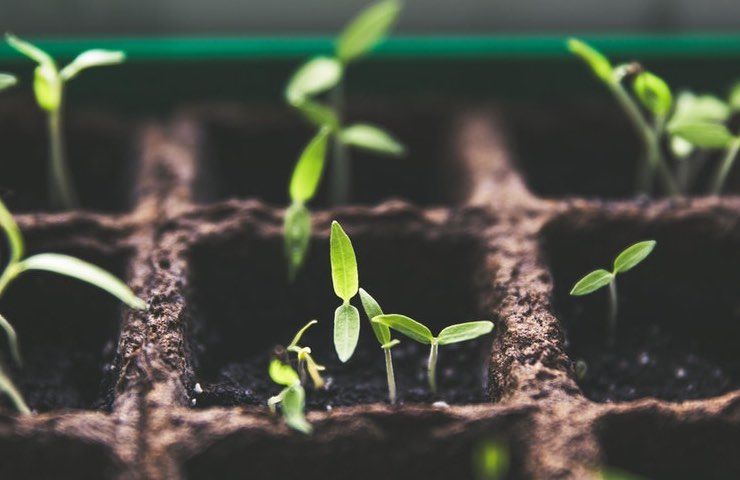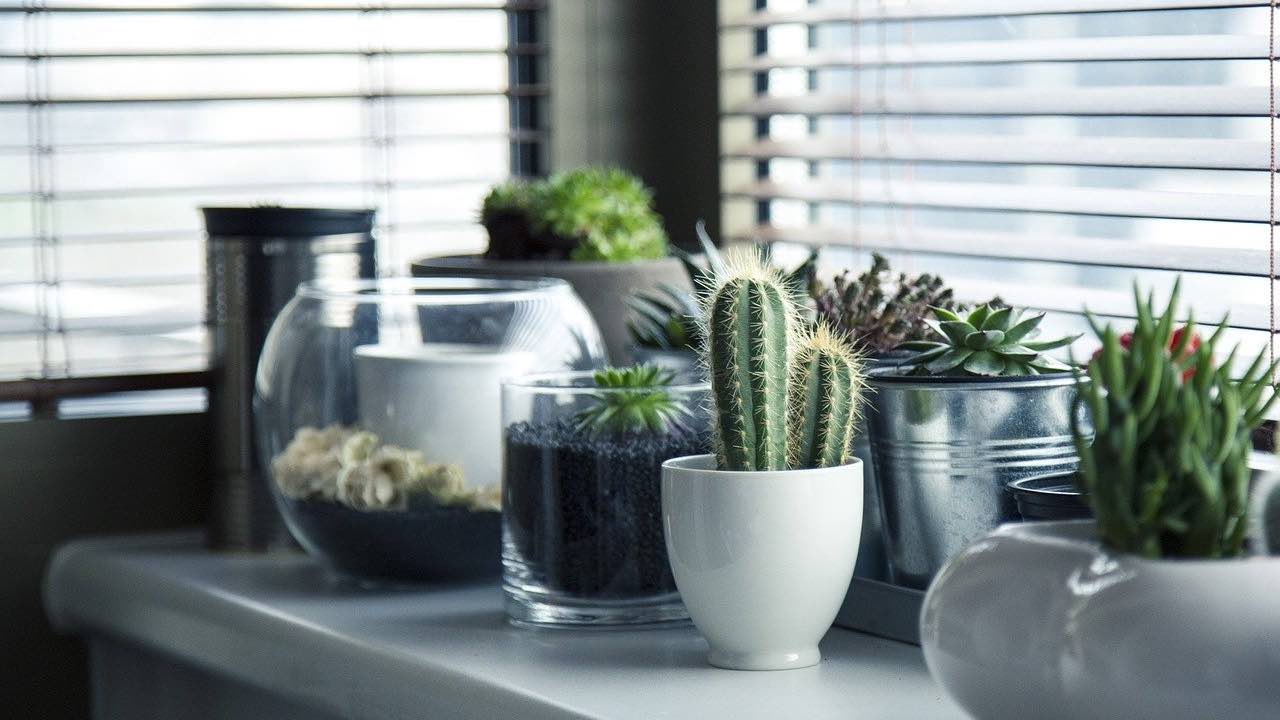Plants, like humans, are living beings and as such they can have “health problems” that always manifest themselves starting from the leaves. Let’s see how to recognize the signs.
If the leaves of your plants look strange, different than normal, it is because they are apparently not in a condition of salute optimal.
The state of the leaves it is in fact an alarm bell that must lead us to ask ourselves what is the reason why our plants are “suffering”.
The reasons they can be multiple and therefore it can sometimes be difficult to interpret the signals that our shrub friends are sending us. To help you, I will list below the causes that led to the onset of the main problems that you may encounter in your plants.
YOU MAY ALSO BE INTERESTED IN -> Yellow leaves in plants: the causes and how to fix them
The leaves have undergone changes: here are the reasons

As I told you in the first part of this article, our plants can be subject to a number of problems and to understand the state of health it is very important to observe the leaves, since they are able to give us a lot of information on any nutritional deficiencies.
Before going to see the main causes that can determine these deficiencies, I want to give you just a few suggestion to implement proper prevention in order to prevent your plants from getting sick or, in the worst case, dying.
A plant needs a soil rich in nutrients, it is therefore advisable not to overdo it with fertilizers: sometimes the deficiencies of the plants are due precisely to an excess of these treatments. The vegetables must then be fertilized consistently and with an adequate method. Beginners can also consult an expert opinion before proceeding.
YOU MAY ALSO BE INTERESTED IN -> How to maintain the right humidity for your plants indoors in winter
So here we come to the list I was talking about earlier. You will finally be able to know what your plants are trying to tell you!
- Too much or too little water: one of the problems that can afflict plants is closely related to the amount of water used to wet them. In most cases the problem arises from a lack of water, but it is also possible that the opposite occurs. Plants that are watered too often will have yellowish, wilted leaves. So be careful when using the watering can!
- Little sun: if your plants go limp and are suffering, the cause is certainly due to insufficient sun exposure. The sun, in fact, helps the plant to produce the nourishment it needs to grow. So try moving your plants to a sunnier area of the house and you will see the results!
- Mineral deficiency: Your plants may need more minerals to regain leaf vitality. It is therefore good to intervene by satisfying the most common deficiencies: potassium, zinc, nitrogen and iron.
- The invasion of parasites: if your plants have been attacked by parasites you will be able to notice it by their presence on the leaves and by the holes they left after having fed to their fill. The most effective remedy in this case is to spray the insecticide over the entire surface of the plants.
Serena Ponso
